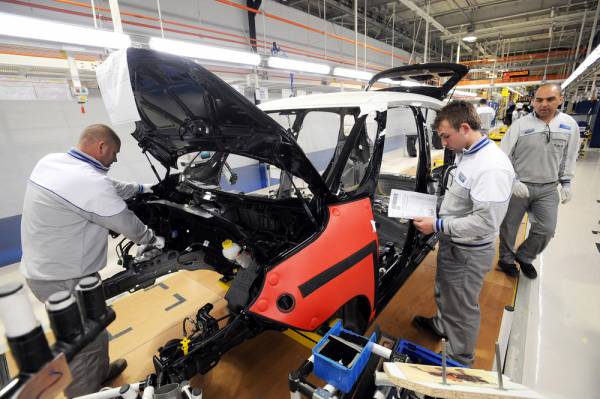There are a lot of people out there dealing with some sort of pain. Chronic pain, acute pain, muscle aches, and nerve or joint pain. One of the things I have to explain to clients to time and again is that just because it hurts in one place, it doesn’t necessarily (or usually, even) mean that place is the source of the pain.
You must not and cannot look at pain in isolation, even though it can be easy to do so.
Body Connections and Pain
This concept is usually quite confusing for people. Their knee hurts, so why isn’t it a problem with their knee? Sometimes it can be hard to fathom that it is actually a shoulder issue or a hip issue. But the body is all connected and how one part works absolutely affects how others work.
To understand this a bit better, pull at the bottom of your shirt. You can see and watch how doing so doesn’t only affect where you pulled, as you can likely see the pull change the fabric all the way up to the top of the shirt. This is exactly what happens in our body.
The Injury Assembly Line
The hardest time clients have understanding this is when I explain that their injury is due to a muscle imbalance. The question I almost always get asked is, “If this is a muscle imbalance that has been going on for years, why am I all of a sudden getting pain? How can that be? Isn’t it more likely an acute injury?”
“Take a full-body approach when it comes to pain and injuries. Assess everything.”
The easiest way I can answer this is by using an assembly line at a factory as an analogy. Think of an assembly line and the workers on it. Think of two people working side by side. The first starts slacking off. Gradually, at first, and then eventually he even stops working all together. But the person next to him is a hard worker and he wants the line to continue uninterrupted. So as the first worker gets lazy, the second worker picks up the slack and ensures all the work is done. But eventually, doing the job of two men gets to be too much and not only does he have to complain to his superiors, he also has to slow down or stop, and productivity is finally negatively affected.
In this analogy you can see it wasn’t the slacker who complained first – it was the man who was overworked (no surprise there!). Our bodies are exactly the same. It is most often the overworked muscles and joints that “complain” first, making people think those areas are the issue. Of course, it is never that simple. More often than not, there is a slacker out there that is the real source of the problem. And until the slacker is found and dealt with, the pain elsewhere may continue to persist.

Considering the Body as a Whole
This is why you cannot look at pain or injury in isolation. If you have shoulder pain, it does not necessarily mean the shoulder is the root of the problem. You may be able to work on the shoulder and ease your pain, using techniques of massage and self-myofasical release. This is important and should not be omitted. The reason this helps is that you are calming down tight muscles and improving blood flow and nutrition to the muscles. This is absolutely necessary. But until you can fix the underlying problem, the root cause, then your shoulder pain might just keep coming back.
“Sometimes it can be hard to fathom that it is actually a shoulder issue or a hip issue. But the body is all connected and how one part works absolutely affects how others work.”
For the best results, take a full-body approach when it comes to pain and injuries. Assess everything. Look at everything. Often, pain in the extremities is actually rooted in a dysfunction in more proximal structures, such as poor stability of the hip, shoulders, or core or poor mobility in the hips or thoracic spine.
Similarly, it’s best to take a full-body approach when it comes to preventing and rehabilitating injuries. Include full-body alignment exercises that force proper alignment and motor patterning, such as loaded carries and Turkish get ups. And don’t be surprised if you have to fix a hip dysfunction to fix your shoulder, or vice versa.
Remember what happened when you pulled on your t-shirt. Know that what happens in one spot absolutely affects another part of your body.
Check out these related articles:
- Train the Lateral Plane for Maximum Athleticism
- You’re Not Getting Stronger Because You Don’t Know How to Move
- How to Use Manual Therapy to Restore Natural Gait Mechanics
- What’s New On Breaking Muscle Today
Photos courtesy of Shutterstock.






